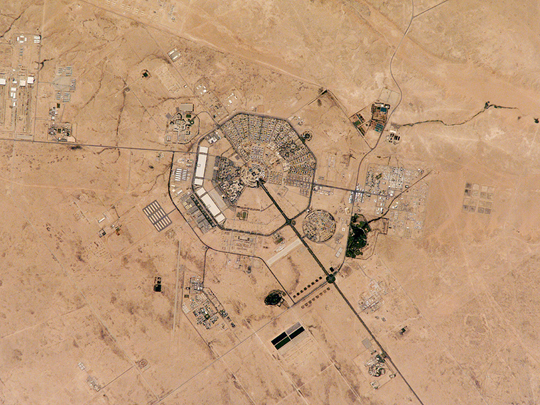Dione Hodgson, Ashleigh Sharp and Lachlan Wilson
Sea State
The second meeting of the India–US Joint Working Group of Aircraft Carrier Technology Cooperation concluded in New Delhi on 18 February, after three days of talks. The meeting is the second of three scheduled under the India–US Defence Trade and Technology Initiative, which aims to improve cooperation in defence production between the two countries. An 11-member US delegation, headed by Rear Admiral Thomas J. Moore, visited defence and industrial installations in Goa and Bengaluru, and India’s first indigenous aircraft carrier being built at Cochin Shipyard in Kochi. According to the Indian Ministry of Defence, various aspects of aircraft carrier technology cooperation were discussed over the four days.
US author and director Peter Navarro sat down this week with Jim Holmes, professor of strategy at the US Naval College, to discuss his new book and six-part documentary film series Crouching Tiger. In the video, the two discuss China’s naval history, their intentions in the Asia–Pacific and the United States’ pivot towards Asia.
Finally, head over to Foxtrot Alpha to check out a video featuring a live-fire display from USS Vicksburg. The vision showcases the simultaneous release of all of a Ticonderoga-class cruiser’s gun batteries.
Flight Path
China has been stirring up the South China Sea again recently, giving us lots of Flight Path fodder. Back in November, Moscow and Beijing signed a contract for the delivery of 24 Su-35 jets to China. On Friday, Russian state-owned news agency TASS reported that the first four jets will be supplied by year’s end. This piece in The National Interest argues that control of the skies over the SCS is crucial to any future Chinese dominance over the region’s islands and seas, and assesses the impact of China’s acquisition on the balance of the SCS.
The state-run Chinese outlet People’s Daily Online recently reported that the Chinese military is capable of detecting US F-22 stealth fighters operating in the East China Sea around its Air Defence Identification Zone. The announcement came the day after the US flew four F-22’s over South Korea as a show of force against Pyongyang.
And if you’ve ever wondered what future air forces might look like, Defence News has some neat ideas—think Star Wars-style lasers and robotic ‘teammates’ for pilots in the air. For more detail from USAF chief scientist Greg Zacharias, you can read his interview here.
Rapid Fire
As a part of strengthening US capabilities in Europe, over 5,000 tons of US Army Europe ammunition has been sent to Miesau, Germany. The ammo was moved in 415 shipping containers, and will be utilised in the US’ Operation Atlantic Resolve, which is a response to Russia’s adventurism in Ukraine in 2014.
While NATO increases its defences at Russia’s borders, sources report that the Kremlin’s military budget will be reduced by 5% in 2016 due to its economic downturn. The prospective drop, which amounts to US$1.29 billion, follows last year’s 4% reduction, which was attributed to falling global oil prices and the impact of withering Western sanctions.
The Saudi Arabia initiated exercise North Thunder which kicked off at King Khalid Military City in north eastern Saudi Arabia involves the ground, air and naval forces from 20 Arab and Islamic nations including Jordan, the UAE, Oman and Malaysia. Running from 16 February through to 4 March, the aim of the exercise is to increase coordination between the participating countries, exchanging expertise, and develop a state of readiness.
Dione Hodgson, Ashleigh Sharp and Lachlan Wilson are research interns at ASPI. Image courtesy of Wikipedia.
This article first appeared on the ASPI "The Strategist" Blog and is reposted here under a Creative Commons license.

